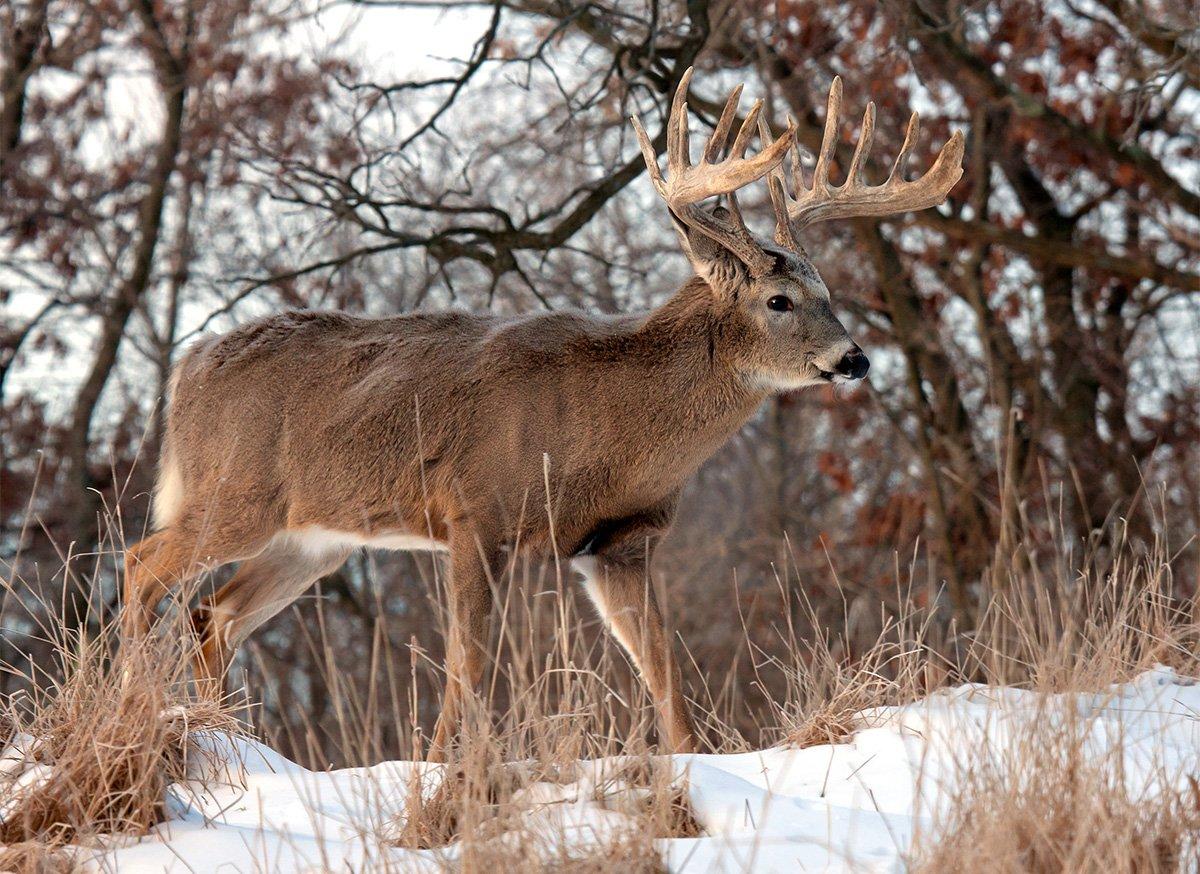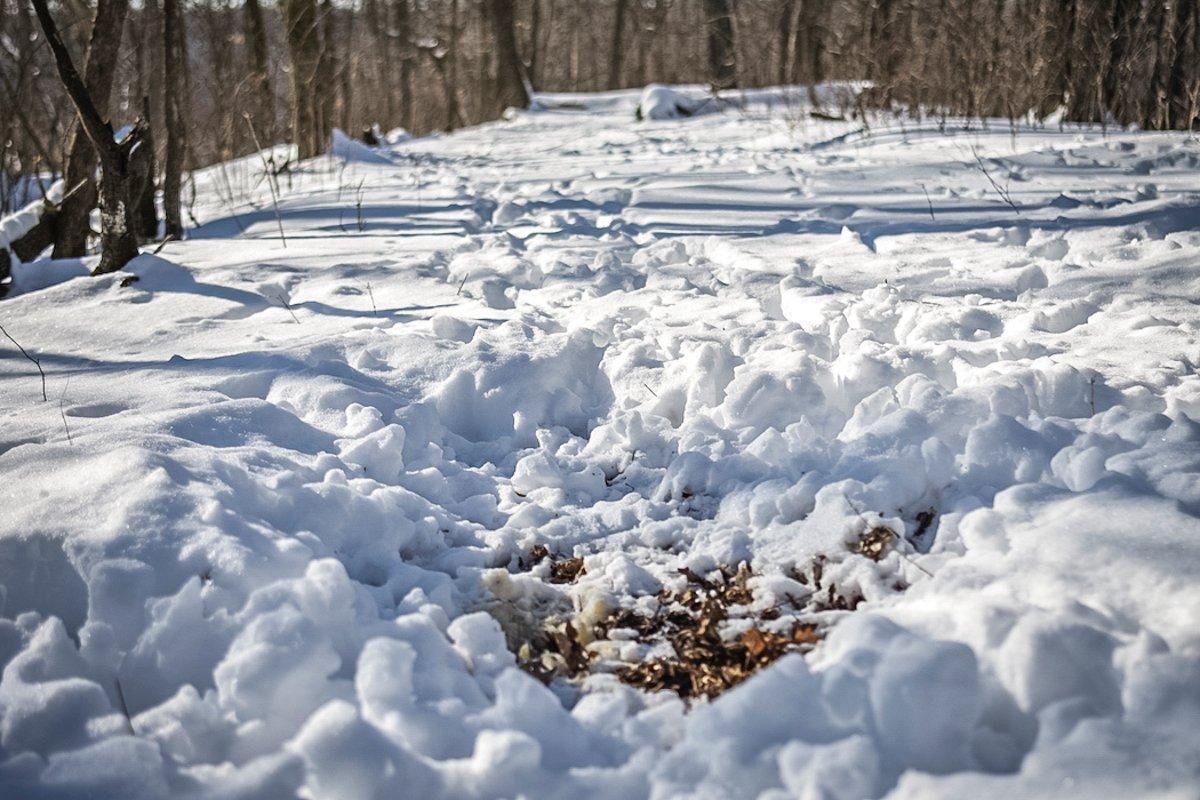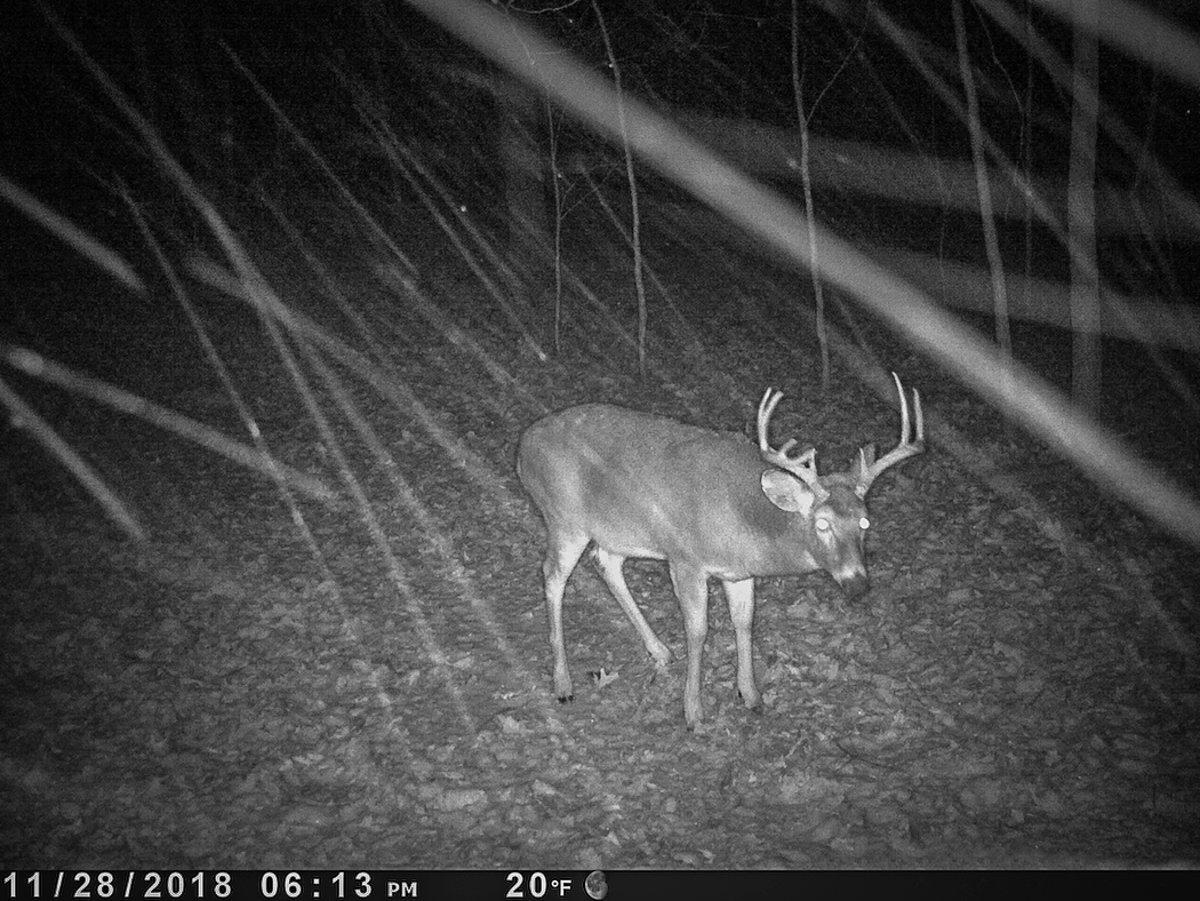Scout these 6 key spots during the post season to get a jump on next fall
The first step in filling next season's deer tag is relocating the bucks that survived this past fall. Taking a post-season inventory not only verifies which deer are still alive but also helps you learn more about the properties they call home. Here are the six best places to find the survivors right now.
1. Big Ag Fields
All deer on high-carbohydrate foods such as corn and soybeans (if they're available) during the winter. Unfortunately, modern corn pickers are very efficient and may not leave behind much corn. When you're scouting potential fields, try to pick those with as much leftover waste grain on the ground as possible. Other potential ag fields to focus on include alfalfa, wheat, sorghum (milo), beets and more.
Focus your trail camera efforts on inside-edge corners, especially ones you know that deer use or those that are clustered with trails. But if that's not available, don't hang your cameras at random. Instead, save them for the other places on this list, and glass fields from afar instead. It's much more productive.
2. Micro Plots
Small micro plots are excellent areas for trail cameras during winter, especially if food remains. Even without food, small openings can still serve as great staging and communication areas for deer. If you have the freedom to do so, try hinge-cutting around micro plots to shield deer from prying eyes, but keep at least three or four small openings in place where trails already exist. Those trails are perfect places for cameras. Hang them up high, angled back down the trail.
3. Recent Cutovers
Deer are browsers that generally go for the easiest grub. Loggers usually leave treetops behind, and the tender buds on dormant trees can provide a lot of high-quality forage for hungry winter whitetails. Depending on the species, leftover treetops deep in the woods can be more enticing than a late-season food plot, especially for pressured deer. Don't be afraid move in and set cams immediately following a logging operation, either. Cutovers are like magnets to deer, and they'll come to them quickly. Post cams up along heavy trails, logging road turns and other areas already trampled with tracks and historical deer movement, but make sure fresh treetops are nearby.
4. South-Facing Slopes
Hillsides facing winter sunshine are excellent places to capture daytime buck photos, since deer love to bed here in the wintertime (cover depending) to catch the most of the day's rays. Mowed ATV paths, ridge roads and logging trails located on these slopes are prime spots to run cameras. Deer follow the paths of least resistance, especially if there's significant snowfall on the ground.
5. Thickets with Thermal Bedding
A thick, brushy area with young growth provides great deer browse during the winter months. Dense clusters of cedar trees can provide thermal bedding, too, because they serve as windbreaks and can help retain heat. Hang cameras on the heaviest trail that leads toward food, but don't go inside of the bedding area. The last thing you should do is pressure these ultra-wary deer. Stay on the fringe of cover. You just want photos to confirm the deer is alive.
6. Old Scrapes and Licking Branches
Just because the rut is over doesn't mean deer stop communicating via scent. They'll visit heavily used community scrapes — especially the licking branches — year around. But by now they're spooky. If you're hanging a camera near a scrape or licking branch, be sure to get it 5 or 6 feet up off the ground, out of a whitetail's line of sight, and angle it down.
Finding bucks after hunting season might feel like a lost cause, but keep those cameras out there. Bucks might disappear for a bit in search of the best food sources and bedding cover, but if your property has adequate winter habitat, you'll likely capture at least enough photos to know which deer made it through the season. Find the limited resources, and you'll find the deer.
Don't Miss: The Ultimate Late-Season Trail Camera Plan
Check out more stories, videos and educational how-to's on deer hunting.










